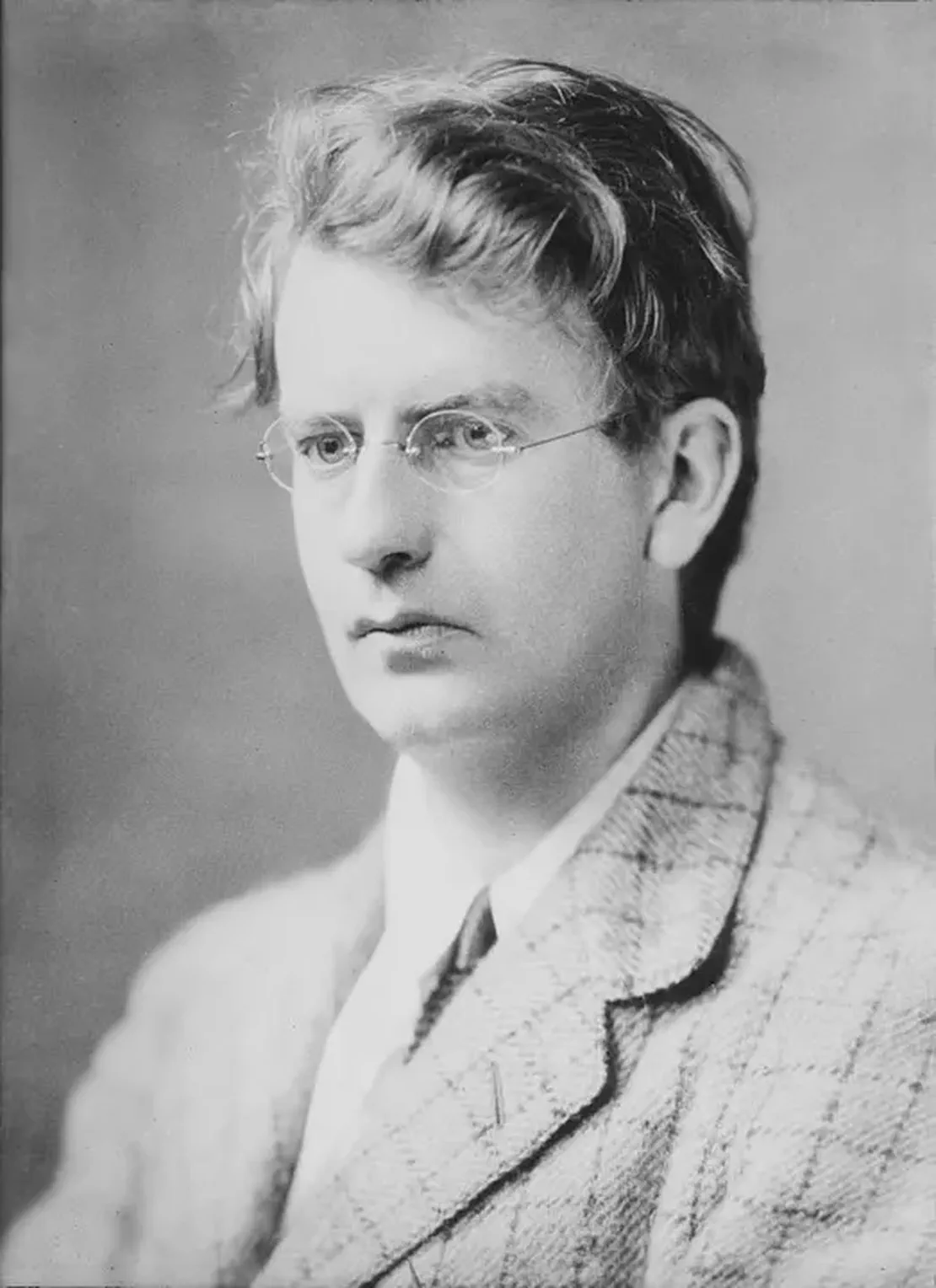- /
- Celtic calendar /
- 8th /
- August 13 /
- August 13, 1888

John Logie Baird, the Scottish engineer and inventor who is widely recognized as the developer of the first working television system, was born on August 13, 1888, in Helensburgh, Scotland. Baird’s pioneering work in the field of television laid the groundwork for the technology that would eventually revolutionize communication and entertainment worldwide.
Early Life and Education
Birth and Family: John Logie Baird was born in the coastal town of Helensburgh in Scotland. He was the youngest of four children. His father, the Reverend John Baird, was a minister in the Church of Scotland, and his mother, Jessie Morrison Inglis, came from a family with a strong tradition in education.
Education: Baird attended Larchfield Academy in Helensburgh and later studied electrical engineering at the University of Glasgow. His studies were interrupted by World War I, during which he served in a non-combatant role due to his health. After the war, Baird struggled with ill health but continued to pursue his interest in electrical engineering and invention.
Development of Television
Early Experiments: Baird’s interest in television began in the early 1920s. Despite limited financial resources and poor health, he carried out experiments in his apartment in Hastings, England. Using household items and a few rudimentary components, Baird successfully transmitted the first recognizable image on a television screen in 1924—a simple image of a ventriloquist’s dummy’s face.
First Public Demonstration: On January 26, 1926, Baird gave the world’s first public demonstration of a working television system in his laboratory in London. The demonstration was witnessed by members of the Royal Institution and journalists, marking a significant milestone in the development of television.
Mechanical Television: Baird’s early television system was a mechanical one, using a spinning disk (the Nipkow disk) to scan an image and convert it into electrical signals, which were then transmitted and reconverted into a visible image on the screen. Although mechanical television was eventually superseded by electronic systems, Baird’s work was crucial in proving that television was a feasible technology.
Later Innovations and Achievements
Color Television and Other Advances: Baird continued to innovate, and in 1928, he demonstrated the first color television transmission. He also worked on stereoscopic (3D) television and other advanced concepts, many of which were far ahead of their time.
Transatlantic Television Transmission: In 1928, Baird achieved another groundbreaking feat by successfully transmitting television pictures across the Atlantic from London to New York, further establishing his role as a pioneer in the field.
Baird Television Development Company: Baird founded the Baird Television Development Company, which was involved in some of the earliest television broadcasts. In 1930, the BBC used Baird’s system to make its first experimental television broadcasts.
Legacy and Death
Death: John Logie Baird passed away on June 14, 1946, at the age of 57 in Bexhill-on-Sea, England. Despite his relatively short life, Baird’s contributions to television technology were profound, and he is remembered as one of the key figures in the invention and development of television.
Legacy: Baird’s work laid the foundation for the modern television industry. While his mechanical system was eventually replaced by more advanced electronic systems, his pioneering experiments and demonstrations were crucial in proving the viability of television as a new medium. Today, Baird is celebrated as one of the most important inventors of the 20th century.
Honors: Baird’s legacy is honored in various ways, including memorials, awards, and museums dedicated to his life and work. The “Logie Awards,” named in his honor, are Australia’s premier television awards. He is also commemorated by a statue in his hometown of Helensburgh.
John Logie Baird’s birth on August 13, 1888, marked the beginning of a life that would lead to one of the most significant technological breakthroughs of the modern era—the development of television. His work continues to influence the way people communicate and entertain themselves around the world.